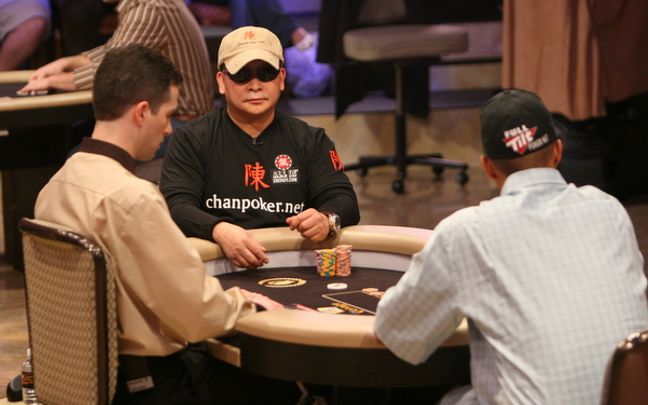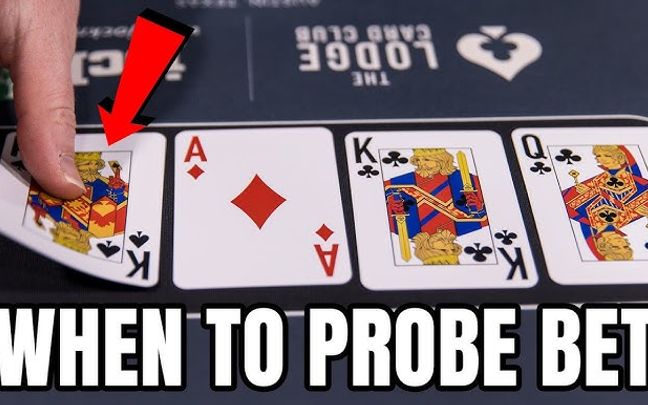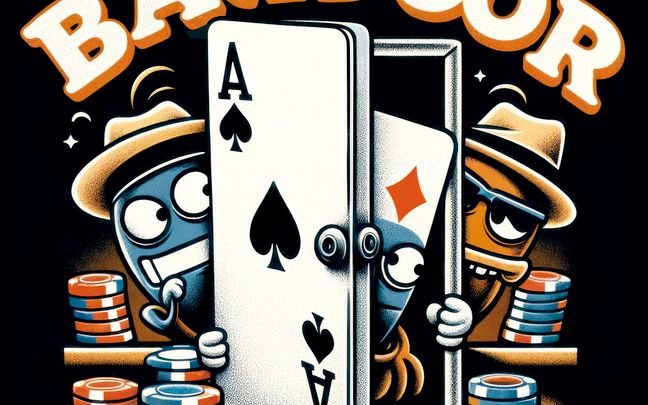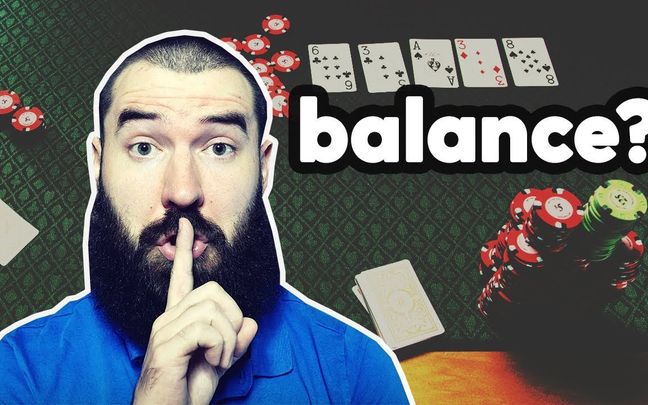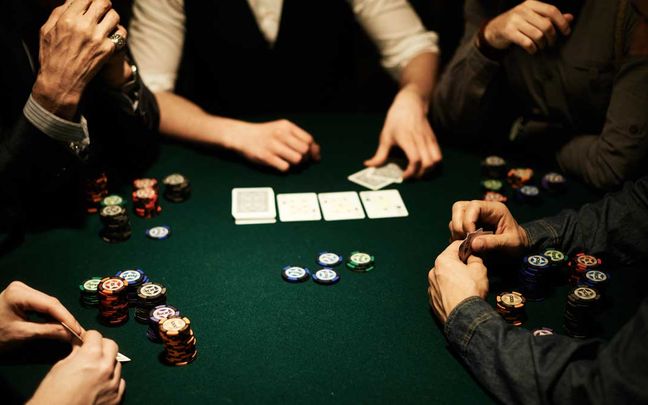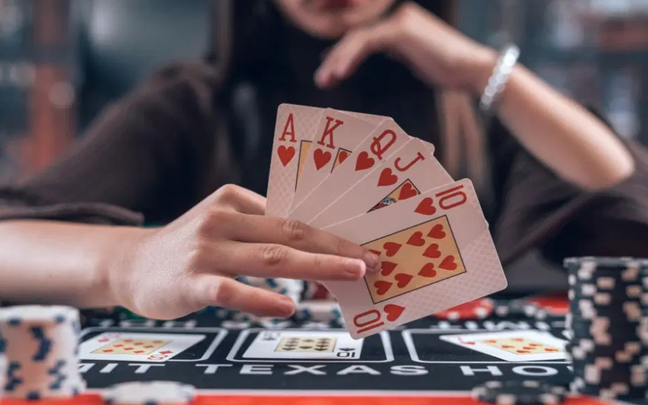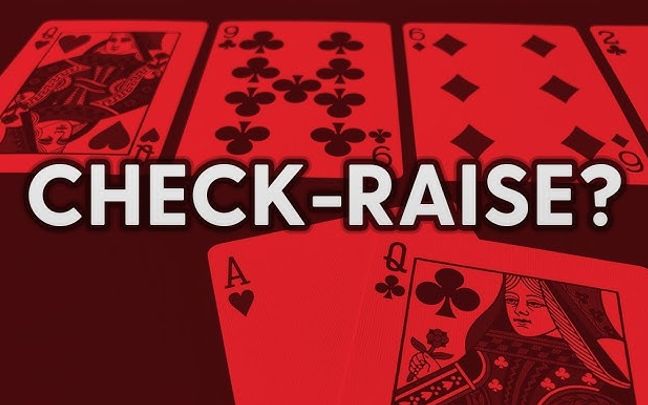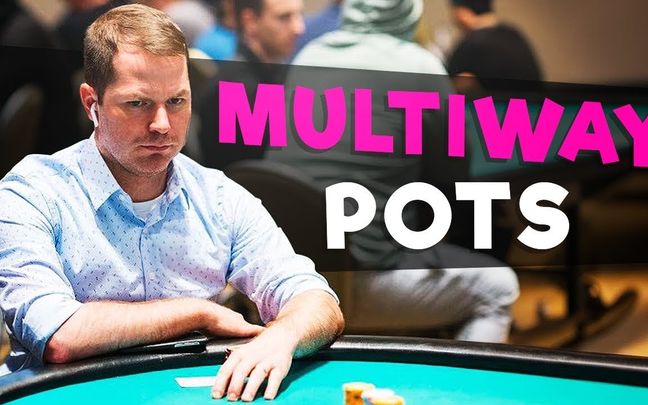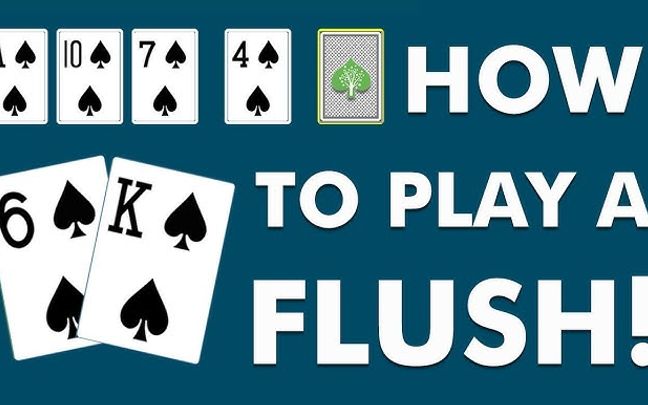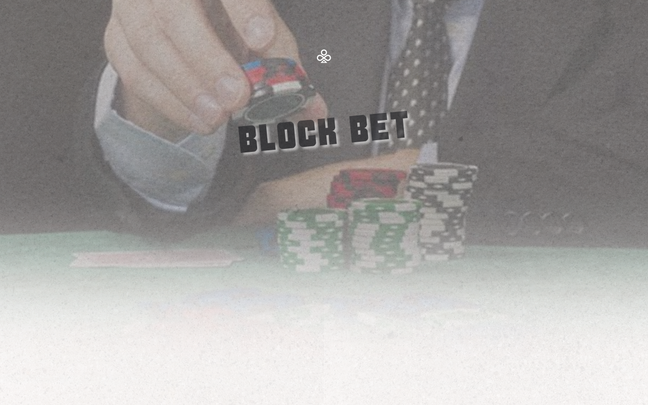In the poker arena, Double Barrelling is a bold strategy. It not only requires daring and decisiveness but also demands a deep understanding of betting patterns and opponents' reactions. For skilled poker players, Double Barrelling is a powerful tool for seizing strategic hands and maintaining control over the table.
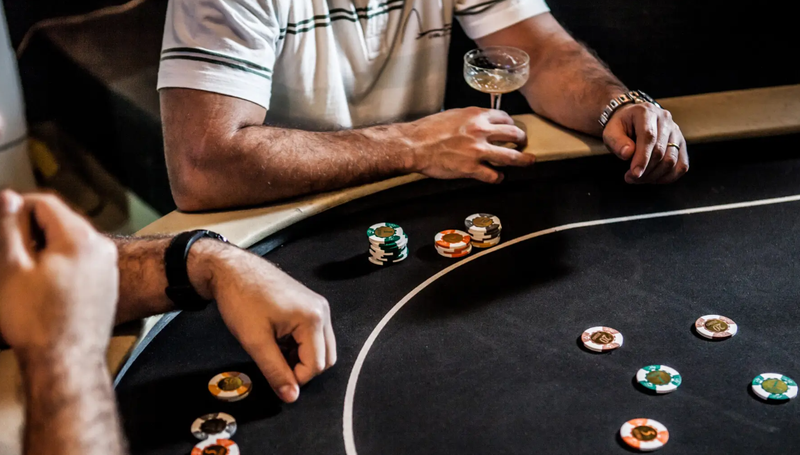
What is Double Barrelling?
Double Barrelling in poker is an advanced betting strategy often used in Texas Hold'em games. This tactic involves placing a second bet on the turn after making a continuation bet (c-bet) on the flop. The goal of Double Barrelling is to maintain pressure on your opponent, forcing them to fold if they have a weak or mediocre hand.

Key Factors of Double Barrelling
Here are the important factors to consider when applying the Double Barrelling technique in poker.
Reading the Situation
To effectively execute Double Barrelling, you need to read the situation and assess the opponent's potential hand after the flop. This involves observing how your opponent reacts to the c-bet and analyzing the community cards.
If your opponent just calls the bet on the flop without raising, it may indicate they have a weak hand or are on a draw. Conversely, if they raise, it likely suggests they have a strong hand. Assessing this situation helps you decide whether Double Barrelling on the turn is likely to succeed.
Favorable Community Cards
Double Barrelling is generally more effective when the turn card doesn't improve your opponent's hand or continues to pose a threat to it. For example, if a high card like an Ace or King appears on the turn, it may make your opponent worry that you’ve improved your hand. Additionally, if a suited card appears, it could suggest you have a flush draw or have already completed a flush. This increases the likelihood that your opponent will fold, especially if they don't have a strong enough hand to continue calling.
Carefully analyzing the community cards and predicting their impact on your opponent's hand is a key factor in deciding whether to Double Barrel.
Opponent’s History and Tendencies
Understanding your opponent's tendencies and playing style helps you decide whether Double Barrelling is the right strategy. For instance, if your opponent tends to fold under pressure or dislikes calling large bets, Double Barrelling can be highly effective. On the other hand, if your opponent often calls down to the river with weak hands or bluffs frequently, Double Barrelling may be less effective and could lead to unnecessary chip loss.
Observing and remembering how your opponent has played in previous hands will help you make more accurate decisions when applying this strategy.
Position at the Table
Table position is a crucial factor in using Double Barrelling. In late positions like the Button or Cut-off, you have the advantage of more information and better pot control. Being in a late position allows you to see your opponents’ actions before making your own decision, enabling you to assess the situation more accurately and make smarter betting decisions.
For example, if you’re on the Button and notice that the opponent in the Big Blind only called the flop bet and checked on the turn, you can seize this opportunity to Double Barrel and steal the pot. Late position gives you a strategic edge and better ability to apply pressure on your opponents, increasing the success rate of Double Barrelling.
Double Barrelling is a powerful and sophisticated strategy in poker that requires strong situational awareness, a deep understanding of your opponents, and smart use of table position. By carefully analyzing the community cards and anticipating your opponent's reactions, you can leverage this strategy to gain an advantage and control the table. However, Double Barrelling also comes with risks, so it’s important for players to practice and develop a clear strategy to ensure maximum effectiveness.

A Real-Life Example of Double Barrelling in Poker
Double Barrelling is a poker strategy where you continue to bet on the turn after already betting on the flop, even when you don't hold a strong hand.
Real-Life Example: You’re dealt two red cards: 8♥️ and 9♥️. You make a pre-flop bet, and an opponent calls. The flop comes: 5♣️, 7♠️, J♦️. Your opponent checks, and you follow up with a continuation bet (c-bet), which your opponent calls.
Turn: The turn card is 2♦️, and your hand is still only a pair of 8s. You assess that your opponent's hand may not be strong or they haven’t completed their draw yet. However, you decide to continue betting in an attempt to win the pot from your opponent—this is the essence of the Double Barrelling strategy.

In summary, Double Barrelling is a sophisticated skill in poker, requiring you to know when to keep applying pressure and when to pull back. By combining thorough analysis with precise calculation, you can maximize the effectiveness of this strategy to increase your win rate and succeed in high-stakes poker games.

